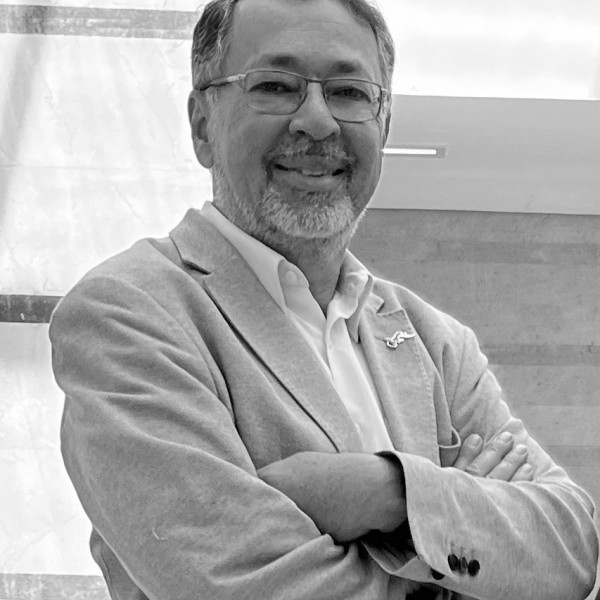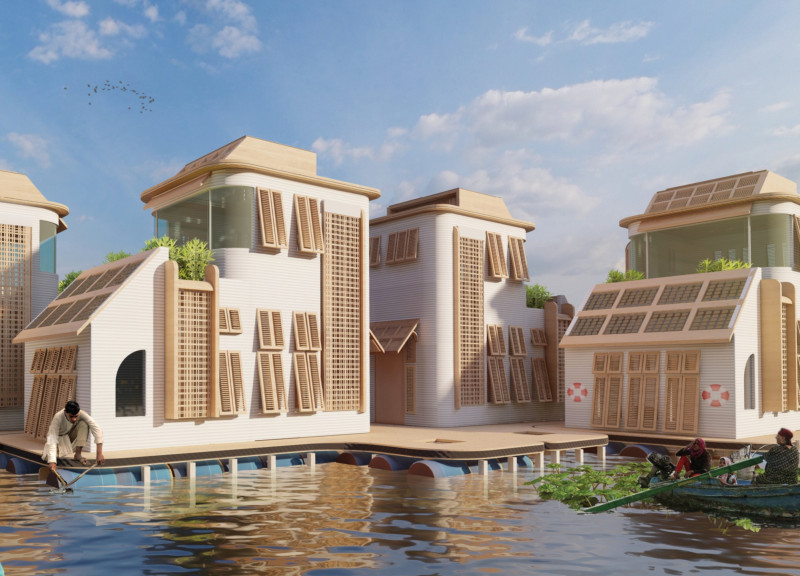5 key facts about this project
The primary function of the project is to serve as a [insert specific use, e.g., community center, residential complex, educational facility], positioning itself as a vital hub within the community. This functionality was meticulously considered in the design process, ensuring not only the provision of essential spaces but also the promotion of interaction among users. The layout incorporates [describe specific spaces, such as gathering areas, outdoor patios, or interactive zones], enhancing the overall user experience and fostering a sense of belonging.
Distinctive design features mark this project as unique within its architectural landscape. The overall volume and form reflect a balance between modern aesthetics and contextual relevance. The building's massing is strategically designed to integrate harmoniously with its surroundings, while also optimizing natural light flow and ventilation. By thoughtfully arranging different volumes, the design creates a dynamic silhouette that is visually engaging from various vantage points.
The facade of the building is particularly noteworthy, employing a combination of materials such as concrete, glass, and wood to create an inviting and contemporary appearance. The use of expansive glass panels not only facilitates natural light penetration but also helps dissolve the boundary between the interior and exterior spaces. This connection to nature underscores the project's commitment to enhancing occupant well-being. Wood elements are introduced to provide warmth and texture, juxtaposed against the starkness of concrete, offering a tactile quality that enriches the experience of the space.
Internally, the design prioritizes flexibility and adaptability, allowing for various configurations that can accommodate different functions or events. Open-plan areas encourage collaboration and social interaction, while private zones are created for focused activities or personal retreat. This versatility ensures the building can evolve alongside the community it serves, adapting to changing needs over time.
Sustainability is a fundamental principle guiding the architectural design. The project incorporates energy-efficient systems and renewable materials, demonstrating a responsible approach to resource management. Features such as green roofs and rainwater harvesting systems not only contribute to the ecological footprint but also enhance the aesthetic value of the building, promoting a biophilic connection that resonates with its users. This design approach reflects a broader trend within architecture that prioritizes environmental stewardship and community well-being, reinforcing the notion that buildings can enhance, rather than detract from, their surroundings.
Elements of local culture and history are thoughtfully woven into the fabric of the design, further enriching the narrative of the project. The careful consideration of cultural references informs both the material palette and design motifs, fostering a sense of identity that resonates with the community while also embracing a forward-looking vision. This engagement with local context is critical, as it creates a dialogue between past and present, celebrating heritage while also inviting innovation.
As the architectural design project continues to unfold, it stands as a testament to the powerful role of architecture in shaping communities and experiences. With its focus on functionality, sustainability, and cultural relevance, this project encourages a re-examination of how spaces can be designed to enhance quality of life. Interested readers are invited to explore the project presentation for a more comprehensive understanding, including detailed architectural plans, sections, and designs that offer additional insights into the architectural ideas that inform this unique endeavor.


 Aya Mostafa Amin Abdelaziz Mostafa,
Aya Mostafa Amin Abdelaziz Mostafa,  Ayman Mohamed Ismail Abdellatif
Ayman Mohamed Ismail Abdellatif 




















